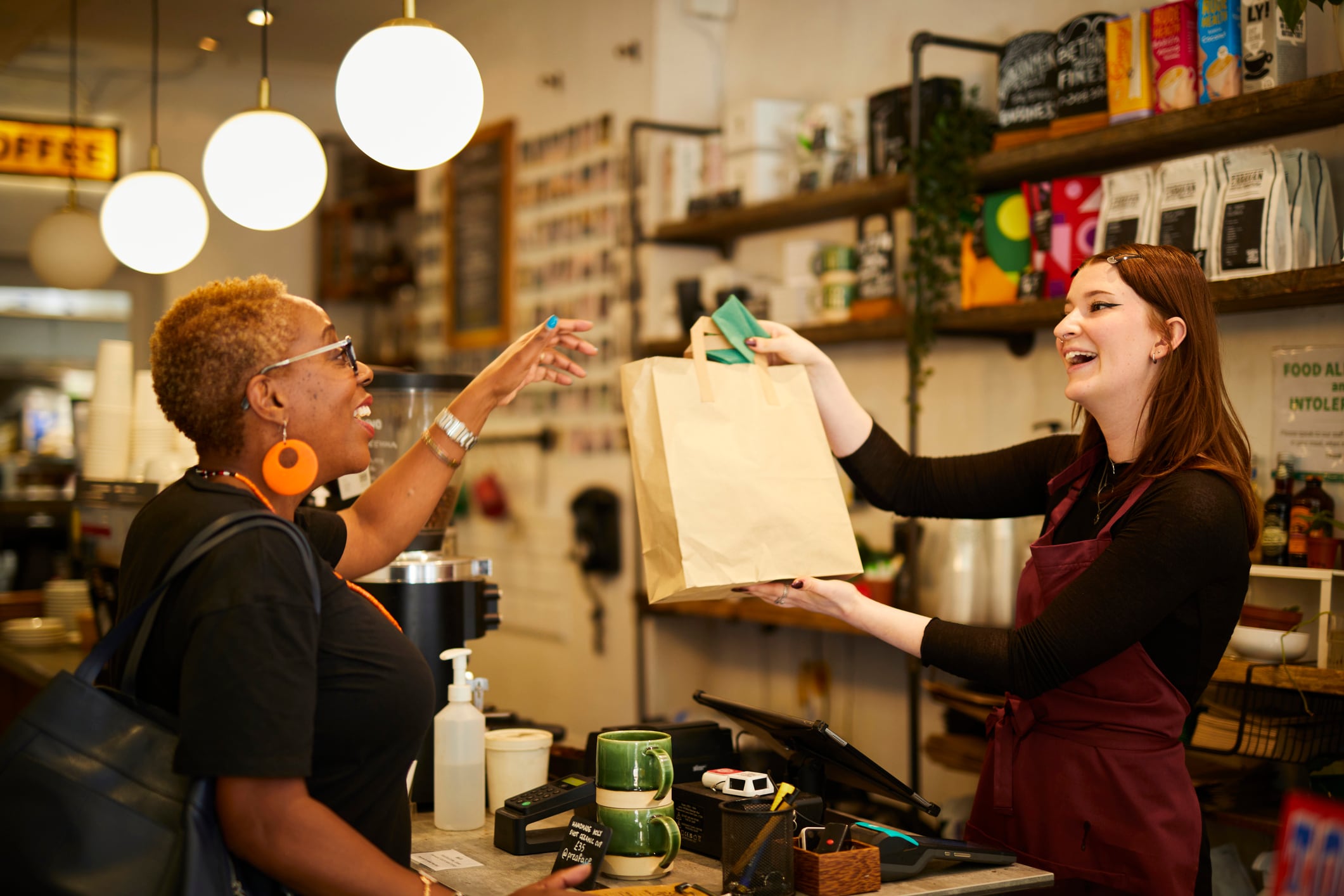A team of researchers from the University of Göttingen, the German Institute for Global and Area Studies (GIGA), and the UN Industrial Development Organization has explored how emotional content on social media influences how people value sustainably sourced chocolate.
“Our research focused on how consumers perceive and value sustainable chocolate,” explains Dr Sarah Iweala from the University of Göttingen’s Department of Agricultural Economics and Rural Development.
Social media’s emotive power
The study tested whether emotional content could increase consumers’ willingness to pay for sustainably produced food. Using short videos with either factual or emotionally charged content – such as images of child labour or deforestation – the team surveyed 2,161 German consumers.
The findings? Emotionally primed consumers were more willing to pay a premium for sustainable chocolate in the short term. “We found that people who saw emotional images felt noticeably more anger and fear than those who saw the same information as text,” says Dr Liza von Grafenstein from research institute IDinsight.
However, this effect faded within two weeks. Interestingly, after this period, participants who had only seen factual content rated sustainability claims more highly than those who had seen emotional imagery.
Marketing sustainability: short-term gains, long-term challenge
The study sheds light on the confectionery sector’s challenge: how to effectively communicate sustainability in a way that influences real purchasing decisions. Emotional marketing may be powerful in the moment – but its impact fades. Timing, format and frequency matter.
“Campaigns need to be strategically timed to shopping decisions to maximise impact,” says Dr Anette Ruml from GIGA.
Chocolate’s ethical imperative
The urgency around sustainable chocolate is growing. The sector continues to grapple with deforestation, child labour and unfair wages in cocoa farming. Efforts from initiatives like the EU Deforestation Regulation (EUDR), Fairtrade International, and Tony’s Chocolonely’s Open Chain are raising the bar on transparency and fairness in the value chain.
Despite growing awareness and front-of-pack sustainability labels, market share for ethical chocolate remains low. “Current food choices in the Global North are not yet sustainable,” the researchers note.
What brands can learn
The researchers argue that social media can be a powerful tool for educating consumers on the hidden costs of chocolate production. “It’s about highlighting the negative consequences of everyday shopping choices,” says Iweala.
But she also points out that this doesn’t mean brands should gloss over the realities. Honesty matters. She cites Tony’s Chocolonely as a brand that embraces transparency, choosing to speak openly about ongoing challenges rather than just successes.
Collaboration, not competition
Importantly, the study didn’t promote specific brands or certifications. It focused on raising awareness. “This suggests a broad, collaborative effort across the industry could drive meaningful consumer shifts,” says Iweala.
For brands in the sustainable space, the takeaway is clear: use emotional content strategically, be transparent, and consider collective campaigns that shine a light on the wider issues in cocoa production.




